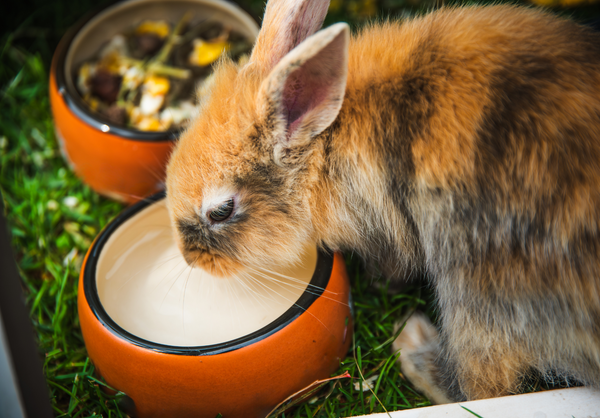Training your small pet to use a litter box can make pet ownership more manageable and enjoyable. Whether you have a rabbit, guinea pig, ferret, or another little furry friend, this guide is for you. Let's walk through the steps to help your furry friend learn this useful habit!
Why Litter Box Train?
Before we get started, it's important to recognize the benefits of litter box training your small animal:
- Cleaner Living Space: Keeps your pet's habitat tidy and reduces odor.
- Healthier Environment: Regular cleaning helps prevent diseases.
- Easy Maintenance: Simplifies the cleaning process and saves time.
Step-by-Step Guide
Step 1: Choose the Right Litter Box
- Size and Shape: Select a litter box that fits comfortably within your pet's enclosure. It should be low enough for them to enter easily but spacious enough for movement.
- Material: Opt for a non-toxic plastic box that is easy to clean.
- Type of Litter: Use pet-safe litter. For rabbits and guinea pigs, paper-based or hay-based litters are ideal. Avoid clumping or dusty litters, which can be harmful if ingested or inhaled.
Step 2: Decide on Placement
- Location: Place the litter box in a corner of the enclosure where your pet already tends to relieve itself. Most animals have preferred spots for this.
- Accessibility: Ensure it's easy for your pet to access, especially in multi-level enclosures.
Step 3: Introduce Your Pet to the Litter Box
- Familiarization: Allow your pet to explore the litter box without pressure. You can place as many of their droppings that you can gather in the box to signal its intended purpose. You should also place urine soaked bedding into the litter box as well.
- Positive Reinforcement: Encourage exploration with treats or gentle praise whenever they investigate the box. Rabbits and Guinea pigs can have their hay manger placed above their litter box to encourage them to graze while sitting in their litter box.
Step 4: Observe and Adjust
- Monitoring: Keep an eye on your pet to see if they're using the litter box. If you notice them using another area, gently place them in the box. Clean the spot your pet used instead of the litter box with a 50/50 vinegar solution.
- Patience is Key: Training takes time. Be patient and consistent with your efforts.
Step 5: Maintain Cleanliness
While training, keep soiled litter behind to put into a clean litter box. This will keep the scent, to maintain your training progress.
- Regular Cleaning: Clean the box daily to maintain hygiene and prevent odors. Replace the litter every few days, depending on usage.
- Full Clean: Perform a thorough cleaning of the box weekly with mild soap and water, making sure to rinse well.
Step 6: Troubleshoot Common Problems
- Relocation Issues: If your pet isn't using the box, try moving it to a different corner, or get another box and offer two.
- Litter Preference: Experiment with different types of litter if your pet seems disinterested.
Conclusion
Training your small animal to use a litter box requires patience and consistency, but the rewards are well worth the effort. With these steps, you'll create a cleaner, healthier environment for your pet—and yourself!
Does your furry friend need more guidance? Reach out to a staff member at Pisces, we are happy to help.




